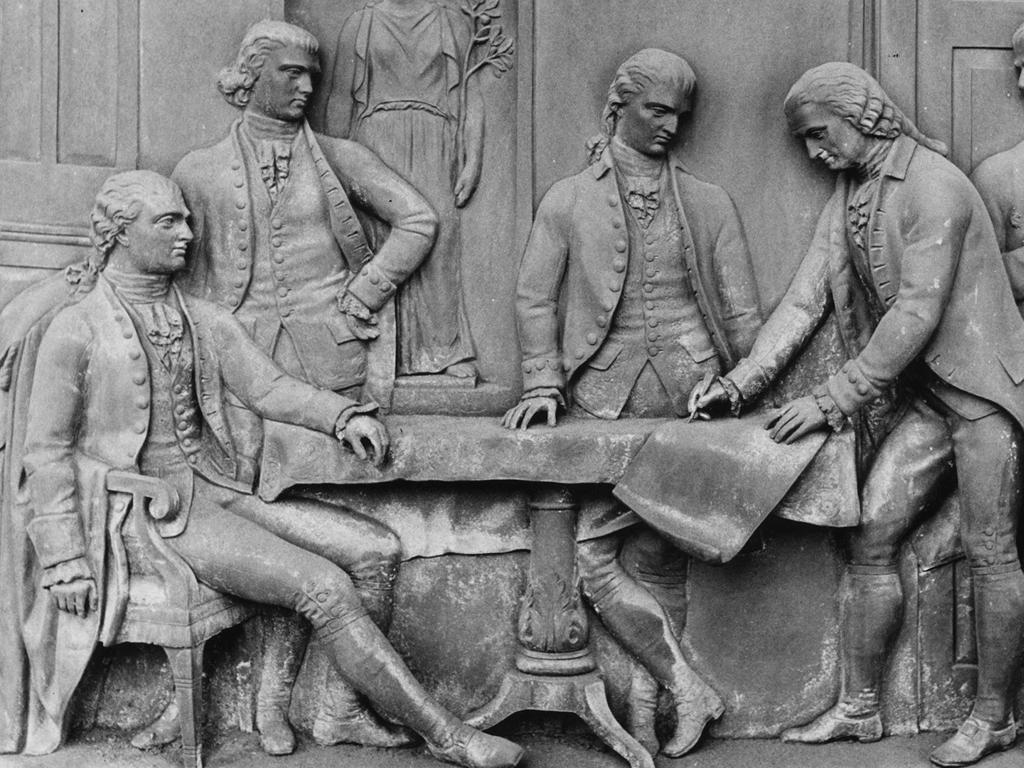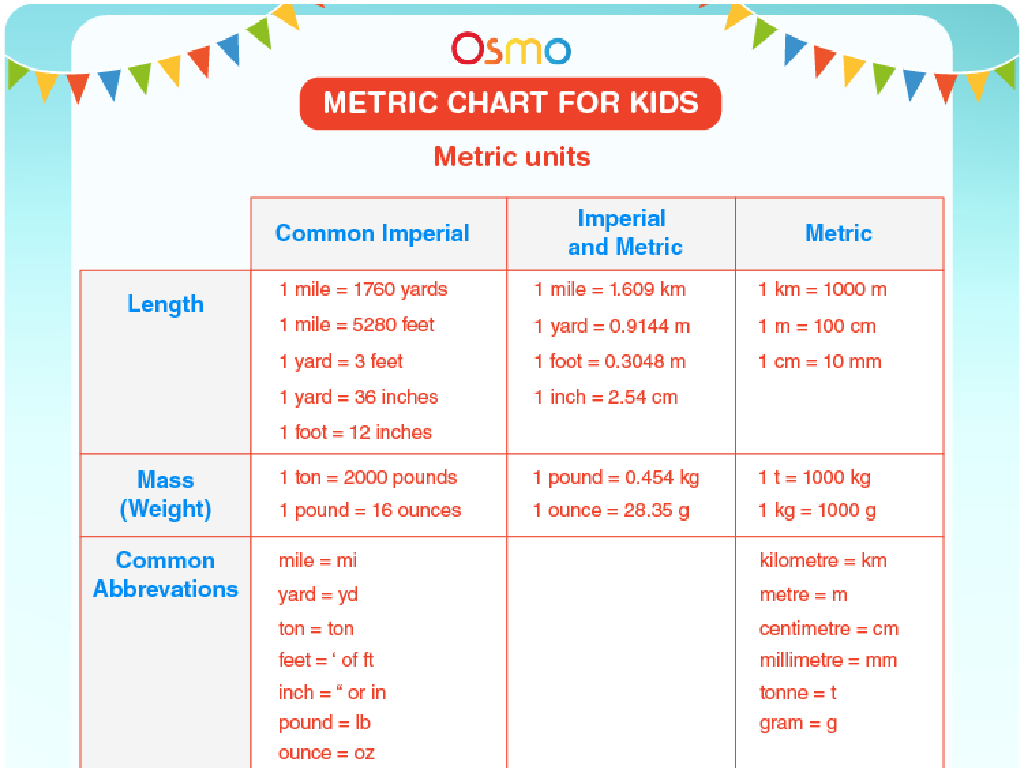Which Sign Makes The Number Sentence True?
Subject: Math
Grade: First grade
Topic: True Or False Equations
Please LOG IN to download the presentation. Access is available to registered users only.
View More Content
True or False Equations: Comparing Numbers
– What are true or false equations?
– Equations can be true (correct) or false (incorrect)
– Comparing numbers using signs
– We use signs like >, means more, 3 true or false?
|
Begin the lesson by explaining that equations can be true or false, just like statements. Introduce the concept of comparing numbers using signs such as greater than (>), less than ( 3 is a true equation. Engage the class with simple practice examples, asking them to determine if the equations are true or false. This will help them grasp the concept of number comparison and prepare them for more complex math concepts in the future.
Understanding Equations
– Equations are number sentences
– Equations tell us two things are the same
– They show equal amounts
– When both sides have the same value, it’s true
– Include numbers and signs
– Plus (+), minus (-), and equals (=) are parts of equations
– Example: 2 + 3 = 5
– This equation means 2 added to 3 makes 5
|
This slide introduces the concept of equations to first-grade students. An equation is explained as a number sentence that shows equality between two sides. Emphasize that an equation includes numbers and operations such as addition or subtraction, and it always has an equal sign to show that both sides are the same. Use simple examples like 2 + 3 = 5 to illustrate the concept. Encourage students to think of equations as a balance scale where both sides need to be equal. This foundational understanding will help them grasp the concept of true or false equations in subsequent lessons.
True or False Equations
– Equations can be true or false
– True: both sides are equal
– Like a balanced seesaw, e.g., 4 + 1 = 5
– False: sides are not equal
– Like an unbalanced seesaw, e.g., 3 + 2 ` 6
– Practice with examples
– Let’s find out which equations are true or false!
|
This slide introduces the concept of true or false equations to first graders. Begin by explaining that equations are like sentences in math that can be either true or false. True equations are like a balanced seesaw where both sides are equal, such as 4 + 1 = 5. False equations are unbalanced, like 3 + 2 = 6, which is not correct. Use simple examples to illustrate the concept and encourage students to think of equations as statements that can be verified. During the lesson, provide several examples and have the students practice determining if they are true or false to reinforce their understanding.
Finding the Right Sign in Equations
– Understanding ‘=’, ” signs
– ‘=’ means two numbers are the same
– For example, 4 = 4 shows equality
– ” compare two numbers
– 3 2 means 6 is more than 2
– Choose the correct sign for truth
– We decide if numbers are equal, one is smaller or larger
|
This slide introduces first graders to the concept of equality and comparison using mathematical signs. The ‘=’ sign indicates that two numbers are equal or the same. The ” signs are used to compare two numbers, showing which one is less or greater. It’s crucial to help students understand how to choose the right sign to make a number sentence true. Use simple, relatable examples to illustrate the concept, such as comparing the number of apples in two bowls or the heights of two plants. Encourage students to practice with real objects to grasp the idea of less than, greater than, and equal to. This foundational skill will aid them in understanding more complex math concepts in the future.
Let’s Practice Together: True or False Equations
– Understanding equality
– Equality means being the same in value
– Comparing numbers
– Is 3 bigger, smaller, or the same as 3?
– Choosing the right sign
– Is it >, <, or = ?
– Making the number sentence true
– We decide if 3 ___ 3 is true with the right sign
|
This slide is designed to engage first-grade students in understanding the concept of equality and comparison. Start by explaining that equality means two things are the same. Then, ask the students to compare the number 3 to itself, guiding them to see that the numbers are the same. Introduce the signs for greater than (>), less than (<), and equal to (=), and help them choose the correct sign to make the number sentence true. For the activity, have students practice with different numbers, using objects like blocks or drawings to visualize the comparison. Encourage them to explain their reasoning for choosing a particular sign.
Making Number Sentences True
– Decide the correct sign: 5 ___ 6
– Is 5 greater or less than 6?
– Choose the right sign: 2 + 2 ___ 5
– Does 2 plus 2 equal or not equal 5?
– Our goal: True number sentences
– Practice makes perfect!
|
This slide is aimed at providing additional practice for first graders in understanding the concept of true or false number sentences. The students are asked to determine which mathematical sign (greater than, less than, or equal to) would make each number sentence true. It’s important to remind them that the goal is to make a true statement. Encourage the students to think about the quantity each number represents and how they relate to each other. Reinforce the concept that the equal sign means ‘the same as’ and that the greater than and less than signs show a comparison between numbers. During the next class, review these examples and discuss why each sign was chosen, reinforcing the concept of true number sentences.
Class Activity: True or False Game
– Receive your number sentence cards
– Think: Which sign makes it true?
– Is it >, <, or = ?
– Choose the correct sign
– Use your math skills to decide
– Hold up your answer high!
– Show your classmates and teacher
|
This interactive class activity is designed to help first graders understand the concept of true or false equations by using signs. Each student will receive cards with number sentences on them. They must decide whether the greater than (>), less than (<), or equal to (=) sign makes the number sentence true. Once they've chosen the correct sign, they will hold up their answer for the class to see. This activity encourages participation and allows the teacher to assess understanding in a fun way. Possible variations of the activity could include pairing students to discuss their reasoning, using larger number sentences for advanced students, or incorporating a team competition element to the game.
Great Work on True or False Equations!
– Proud of your hard work today
– Understanding true number sentences
– A true number sentence has equal amounts on both sides
– Practice is key – keep it up at home
– Try more examples with your family or during play
– Ready for more fun with math next time
|
This slide is meant to conclude the lesson on true or false equations, providing positive reinforcement and encouraging continued practice at home. Emphasize the importance of making number sentences true by balancing both sides. Remind students that practice is essential and they can make it fun by incorporating it into their playtime or involving family members. Prepare for the next lesson by assuring them that their journey with math is ongoing and there will be more exciting things to learn and explore.
Homework: True or False Equations
– Take home your worksheet
– Fill in the correct sign
– Choose between >, 3, 5 < 3, or 5 = 3?
– Bring it back for review
|
This homework assignment is designed to reinforce the concept of true or false equations learned in class. Students are provided with a worksheet containing number sentences where they must determine the correct sign (greater than, less than, or equal to) to make each sentence true. Encourage students to use objects like toys or counters at home to compare quantities if they need a visual aid. Remind them to double-check their work before returning to class. In the next session, we will review the worksheets together, allowing students to discuss their thought process and correct any misunderstandings.






